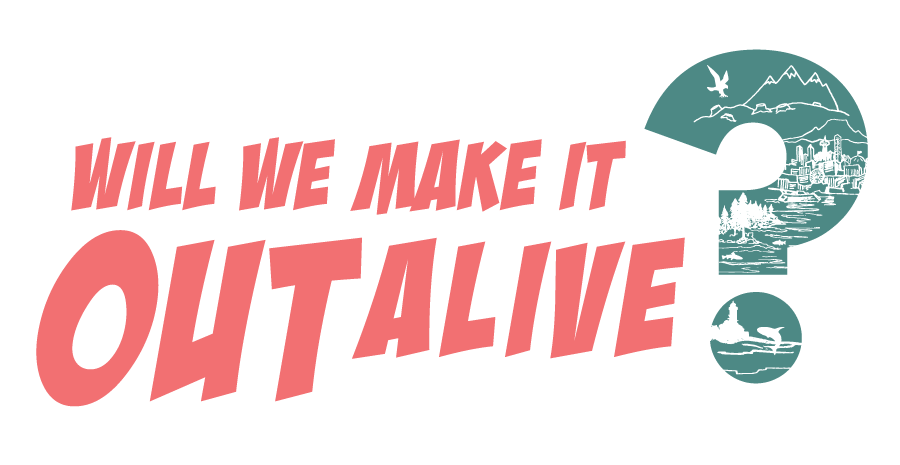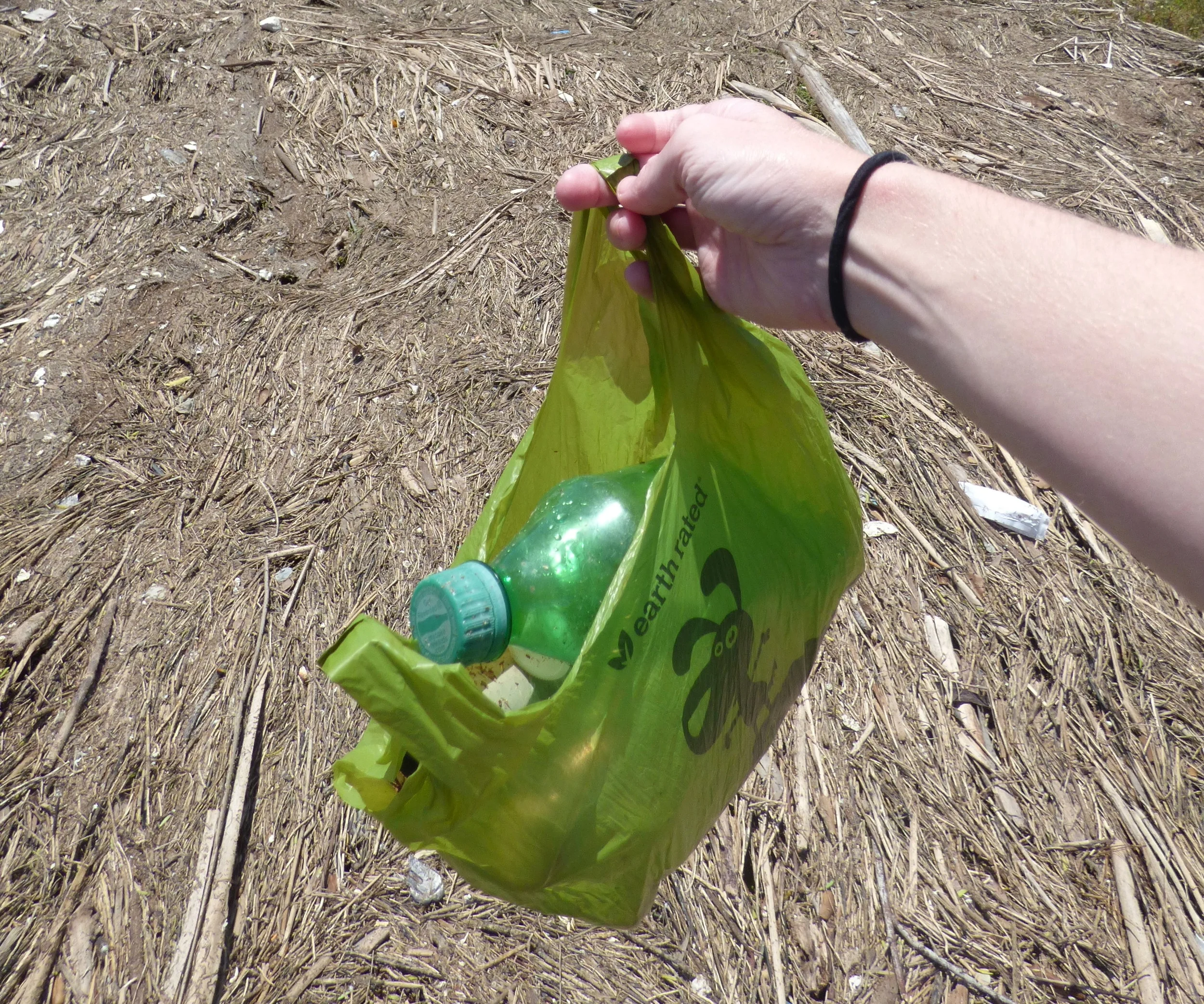GIS Tool: Data Resources
/When you’re first starting a project, one of the most important things to have is data. Cats may have to create their own data, but if the data already exists, why reinvent the wheel? There are many sources of GIS data for cats (and people) these days, and a few are highlighted below.
ArcGIS Online. This is an online platform by Esri, the industry leader in GIS software. With a free ArcGIS Online account, you have access to a lot of data, and with a paid account (see their website, very confusing), you can access even more. Even with a free account there is a lot of data out there. Follow the link above, to sign up for a free account and play around. Today, many federal, state and local agencies are putting their authoritative data (like the data you can trust) online for everyone to access for free through ArcGIS Online, and more organizations are adding data each day.
With ArcGIS Online, cats can use the data directly in ArcGIS Online maps, but what if they want to download the data? A lot of agencies are putting their data online for you to download as well. For example, the State of Washington has a clearinghouse that compiles open data from multiple state agencies, counties, cities, and other sources. For location specific data, go to geo.wa.gov. Oregon has a similar site and they have been working on consolidating data for several years. Other states have similar sites, so if you live or are doing a project elsewhere, just have someone google that for you, er, um…or do a web search.
If the state clearinghouses don’t have the data you’re looking for, try your local county or city websites.
For environmental data, the EPA is still a great source. It has a wealth of data you can search and download.
Do you have a good source of data that wasn’t mentioned? Please tell us in the comments!


















Find out how Jen the Magical Mapper has been doing on her Plastic Free July challenge!